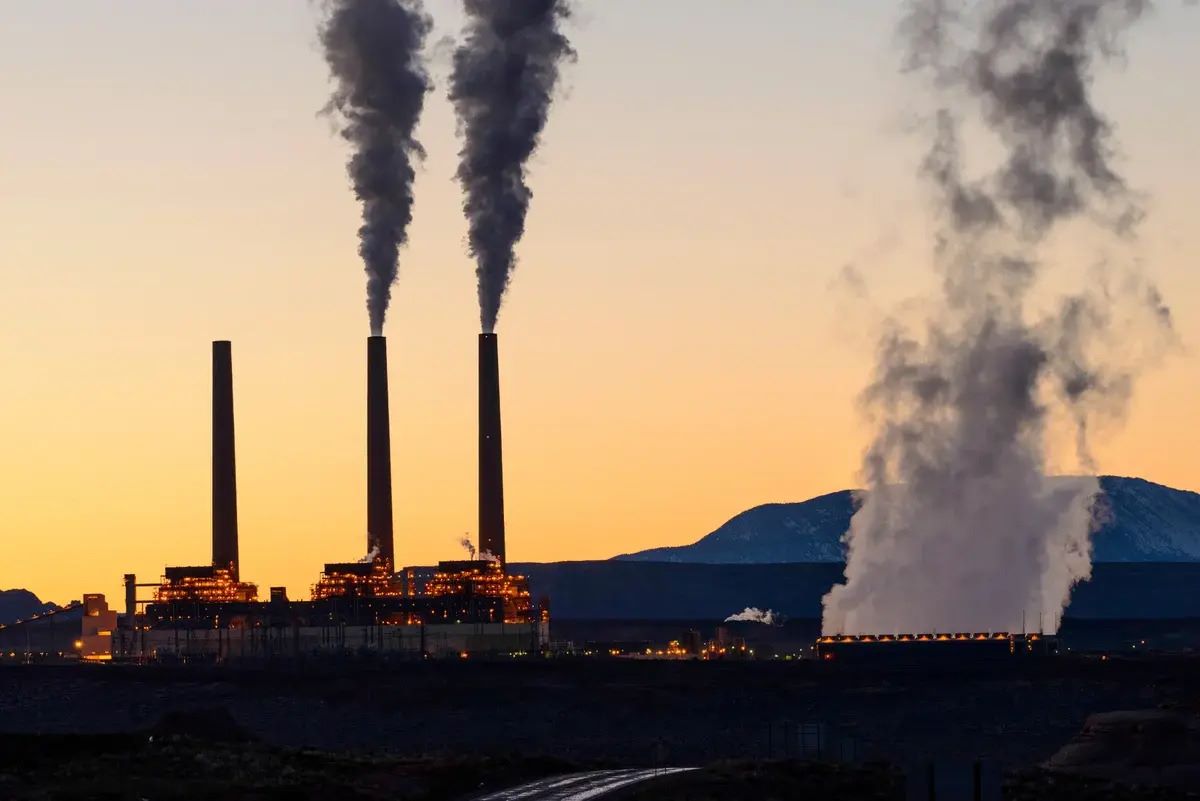
What is the Clean Air Act? The Clean Air Act is a comprehensive federal law that regulates air emissions from stationary and mobile sources. Enacted in 1963 and significantly amended in 1970, 1977, and 1990, it aims to ensure that all Americans have air that is safe to breathe. The Environmental Protection Agency (EPA) enforces this law, setting limits on pollutants like sulfur dioxide, nitrogen oxides, and carbon monoxide. These regulations help reduce smog, acid rain, and other harmful air pollutants. The Act also empowers the EPA to take action against companies and individuals who violate these standards. By understanding the Clean Air Act, we can appreciate its role in protecting public health and the environment.
The Birth of the Clean Air Act
The Clean Air Act (CAA) is a landmark piece of legislation in the United States. It aims to control air pollution on a national level. Here are some fascinating facts about this crucial law.
-
The Clean Air Act was originally passed in 1963. It was the first federal law in the U.S. to address air pollution.
-
Major amendments were made in 1970, 1977, and 1990. These changes significantly strengthened the Act.
-
The Environmental Protection Agency (EPA) was created in 1970. This agency enforces the Clean Air Act.
Key Provisions and Goals
The Clean Air Act has several key provisions designed to improve air quality and protect public health. Let's explore some of these important aspects.
-
The Act sets National Ambient Air Quality Standards (NAAQS). These standards limit the concentration of harmful pollutants in the air.
-
Six common pollutants are regulated under NAAQS. These include ozone, particulate matter, carbon monoxide, sulfur dioxide, nitrogen dioxide, and lead.
-
The Act also targets hazardous air pollutants. These are pollutants known to cause cancer or other serious health effects.
Impact on Public Health
The Clean Air Act has had a profound impact on public health in the United States. Here are some ways it has made a difference.
-
The Act has prevented thousands of premature deaths. By reducing air pollution, it has saved many lives.
-
Respiratory illnesses have decreased. Cleaner air means fewer cases of asthma and other lung diseases.
-
The Act has also reduced heart disease. Lower levels of air pollution have been linked to fewer heart attacks and strokes.
Economic Benefits
While the primary goal of the Clean Air Act is to protect health and the environment, it has also provided significant economic benefits.
-
The Act has saved billions in healthcare costs. Fewer illnesses mean less money spent on medical treatment.
-
Cleaner air has boosted worker productivity. Healthier workers are more productive and take fewer sick days.
-
The Act has spurred innovation. Companies have developed new technologies to reduce emissions and comply with regulations.
Challenges and Controversies
Despite its successes, the Clean Air Act has faced challenges and controversies over the years. Here are some of the key issues.
-
Some industries have opposed the Act. They argue that compliance costs are too high and hurt economic growth.
-
Legal battles have been fought over the Act. Various court cases have challenged its provisions and enforcement.
-
Climate change has added new challenges. The Act was not originally designed to address greenhouse gases, leading to debates over its role in combating climate change.
Future of the Clean Air Act
As we look to the future, the Clean Air Act will continue to evolve. Here are some potential developments.
-
New pollutants may be regulated. Emerging research could lead to the regulation of additional harmful substances.
-
Climate change regulations may be strengthened. The Act could play a larger role in reducing greenhouse gas emissions.
-
Technological advancements will shape the Act's future. Innovations in clean energy and pollution control will influence how the Act is implemented.
The Clean Air Act's Impact
The Clean Air Act has made a huge difference in improving air quality and public health. Since its introduction, pollution levels have dropped significantly, leading to fewer respiratory issues and environmental damage. The Act has also pushed industries to adopt cleaner technologies, reducing harmful emissions.
By setting strict standards and enforcing regulations, the Clean Air Act has protected ecosystems and wildlife from the harmful effects of pollution. It has also played a key role in addressing climate change by limiting greenhouse gas emissions.
The Act's success shows how effective legislation can be in tackling environmental challenges. It serves as a model for other countries looking to improve air quality and protect public health. The Clean Air Act's ongoing impact reminds us of the importance of strong environmental policies and the need for continued efforts to safeguard our planet.
Was this page helpful?
Our commitment to delivering trustworthy and engaging content is at the heart of what we do. Each fact on our site is contributed by real users like you, bringing a wealth of diverse insights and information. To ensure the highest standards of accuracy and reliability, our dedicated editors meticulously review each submission. This process guarantees that the facts we share are not only fascinating but also credible. Trust in our commitment to quality and authenticity as you explore and learn with us.


